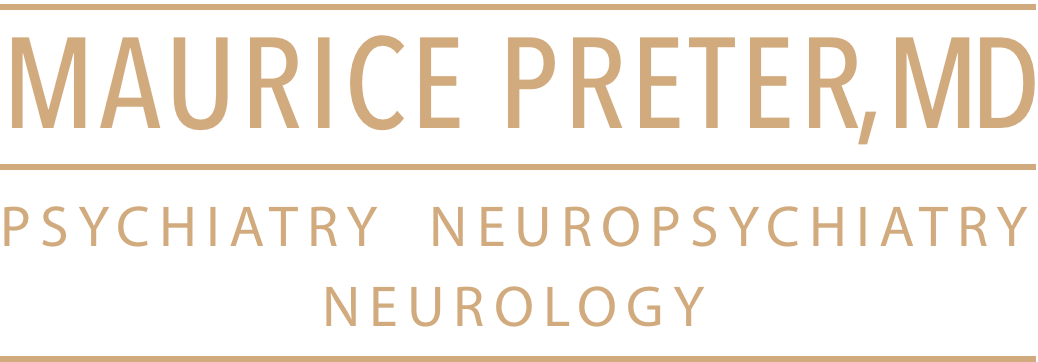Tag Archives: healthy brain aging
Efficacy and Safety of Tremella fuciformis in Individuals with Subjective Cognitive Impairment: A Randomized Controlled Trial
The efficacy and safety of Tremella fuciformis (TF) as a nutritional supplement were assessed in individuals with subjective cognitive impairment (SCI). Seventy-five individuals with SCI were enrolled in an 8-week, randomized, double-blind, placebo-controlled trial of TF (600 mg/day, n = 30 or 1200 mg/day, n = 30) or placebo (n = 15). The primary outcome measure was changes in total scores of the subjective memory complaint questionnaire. The secondary outcome measures were changes in performance on short-term memory and executive functions, which were assessed using standardized cognitive tests. In addition, voxel-based morphometry was performed to examine the effects of TF on changes in gray matter volume. The individuals in the TF group showed greater improvements in the total scores on the subjective memory complaint questionnaire compared with those in the placebo group. There were also significantly greater improvements in short-term memory and executive functions in the TF group relative to the placebo group. Exploratory analysis demonstrated that there were significant group-by-visit interactions on the left precuneus, right supramarginal gyrus, right middle frontal gyrus, and right postcentral gyrus at corrected P < .05. Overall frequency of adverse events did not differ among high-dose TF (40.4%), low-dose TF (35.1%), and placebo groups (41.4%). The current findings suggest that TF could be safely administered to relieve subjective memory complaints and enhance cognition in individuals with SCI. Continue reading
Finally some good news. Snow (white) mushroom soup (Tremella fuciformis)
Tremella fuciformis is an important edible mushroom that has been widely cultivated and used as food and medicinal ingredient in traditional Chinese medicine. In the past decades, many researchers have reported that T. fuciformis polysaccharides (TPS) possess various bioactivities, including anti-tumor, immunomodulatory, anti-oxidation, anti-aging, repairing brain memory impairment, anti-inflammatory, hypoglycemic and hypocholesterolemic. The structural characteristic of TPS has also been extensively investigated using advanced modern analytical technologies such as NMR, GC-MS, LC-MS and FT-IR to dissect the structure-activity relationship (SAR) of the TPS biomacromolecule. This article reviews the recent progress in the extraction, purification, structural characterization and applications of TPS. Continue reading
Evidence-based prevention of Alzheimer’s disease: systematic review
Results A total of 44 676 reports were identified, and 243 OPSs and 153 RCTs were eligible for analysis after exclusion based on pre-decided criteria, from which 104 modifiable factors and 11 interventions were included in the meta-analyses. Twenty-one suggestions are proposed based on the consolidated evidence, with Class I suggestions targeting 19 factors: 10 with Level A strong evidence (education, cognitive activity, high body mass index in latelife, hyperhomocysteinaemia, depression, stress, diabetes, head trauma, hypertension in midlife and orthostatic hypotension) and 9 with Level B weaker evidence (obesity in midlife, weight loss in late life, physical exercise, smoking, sleep, cerebrovascular disease, frailty, atrial fibrillation and vitamin C). In contrast, two interventions are not recommended: oestrogen replacement therapy (Level A2) and acetylcholinesterase inhibitors (Level B). Continue reading
